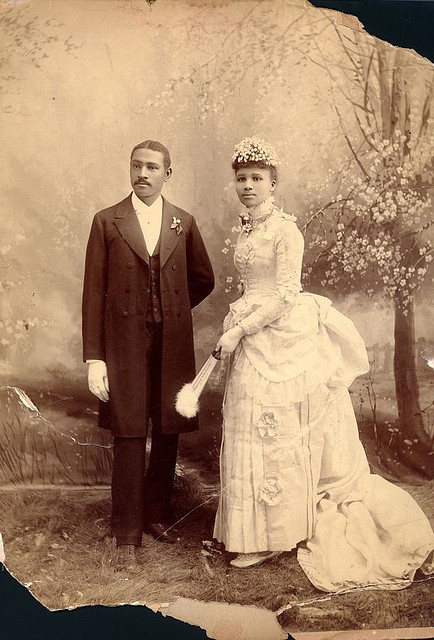History has shown that the prosperity of blacks threatens some whites without basis. Just excelling at their work, school, and business has led some whites to agitate, go on rampages in black neighborhoods, gang up on such black workers at work with false claims.
Such was the case of Bruce’s Beach–Southern California’s favorite place for relaxation operated by an African-American family for blacks. It was closed down by the city council because some whites could not bear to see a business owned by a black family thriving.
A black couple, Willa and Charles Bruce bought a property from Henry Willard in 1912 for $1,225. They added on three lots and established a resort and named it for Mrs. Bruce (Bruce’s Beach) between 26th and 27th streets. Given that access to public beaches for blacks was highly restricted, it was established for African-Americans.
In 1912 also, land around the resort was bought by wealthy land developer George H. Peck. Although white, he was a businessman first who wouldn’t turn away good dollars. He offered up the plots for purchase to African-Americans and founded Peck’s Pier, the only facility of its kind that African-Americans could access without coming to harm.
Black families were able to buy properties near Bruce’s Beach resort from Peck and build their own summer homes. This helped the area grow into an important fixture of Manhattan Beach’s black community.
Although whites who wanted the blacks away from the beach severely harassed the Bruces, resort visitors, and black homeowners, they scaled their aggression as Los Angeles’s population increased and property values soared in the 1920s.
As a white domestic terrorist group, the Ku Klux Klan attacked the resort in the 1920s, to force the Bruce family from the land and allow the city to capture it under eminent domain (the right of a government or its agent to expropriate private property for public use, with payment of compensation.)
Under the pretense of building a city park, the city of Manhattan Beach took the land from the Bruce family in 1924 and African-Americans were run off the land. The city tore the resort down in 1927.
By 1929, after settling a lawsuit against the city, the Bruces and three other Black families had left Manhattan Beach although only a fraction of the compensation the family requested was given.
Vacant for decades, the city turned the spot into a park in the 1950s to prevent members of the Bruce family from trying to get it back. “The city also changed its name more than once, dubbing the beach Bayview Terrace Park in 1962 and Parque Culiacan — after Manhattan Beach’s sister city in Mexico — in 1974.”
In 2006, Councilmember Mitch Ward, the first and only African-American elected to office in Manhattan Beach made the case for a renaming of the park. The city restored the park’s name to Bruce’s Beach.
However, not everyone is elated. A plaque erected on the park honors Peck, neglecting the Bruce family. It also ignored the racism the Bruce family faced.
The Manhattan Beach youth created a petition to “address the full history of Bruce’s Beach,” aiming for 5,000 signatures.
There’s call for the city to pay restitution to the descendants of the Bruce family and acknowledge the history of redlining in Manhattan Beach, which has made it a majority white populated area.
There’s call also for the history of Bruce’s Beach to be mandatory teaching in Manhattan Beach schools.

Duane Shepard, a Bruce descendant noted: “We were a business institution at that time,” adding, “At this point, it could have been another Venice Beach boardwalk for all we know.”
According to Shepard, Charles and Willa got only $14,500 for the two lots that were taken away from them, when they were asking for $35,000 per lot and $50,000 in damages.
“We had suffered terrorism, physical, social and emotional attacks,” Shepard further said. “What about damages for violation of our human rights and civil rights at that time?”










